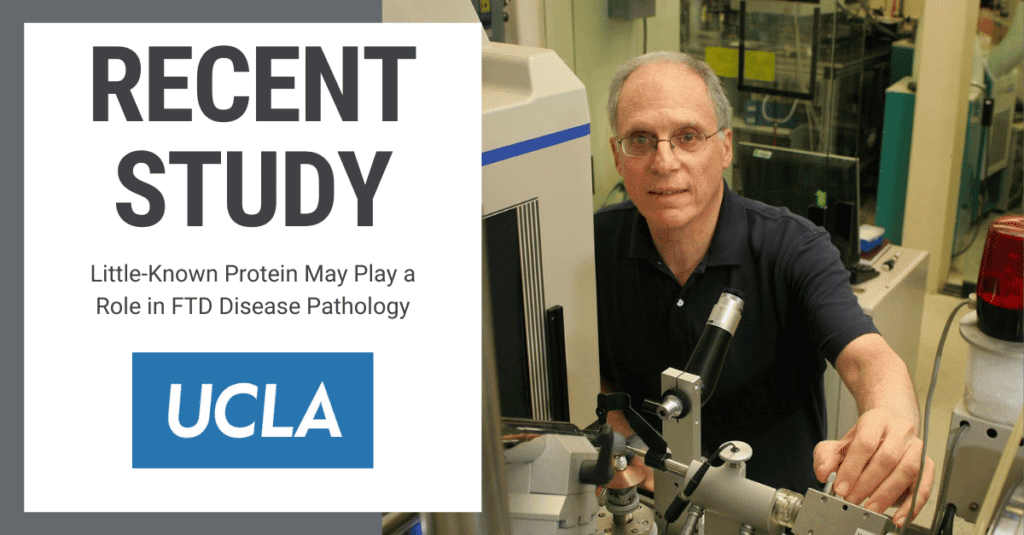Le proteine poco conosciute possono svolgere un ruolo nella patologia della malattia FTD, suggerisce lo studio

Researchers at the University of California, Los Angeles (UCLA) are gaining new insight into how the transmembrane protein 106B, or TMEM106B, plays a role in FTD disease pathology.
In a study, published in Natura on March 28, UCLA scientists show that amyloid fibrils — potentially harmful fibrous, ropelike structures formed by closely linked protein molecules — in persons with FTD could be attributed to TMEM106B instead of the TPD-43 protein, one of the proteins in the brain commonly known to form abnormal accumulations in FTD.
“TMEM106B may be found to be a cause of [FTD]. In that case, our knowledge of the structure will aid in the design of therapeutics. Further research may also discover a connection between the actions of TMEM106B and TDP-43,” said the study’s senior author David S. Eisenberg in a comunicato stampa. “It’s too early to tell. But at the least, the present paper will alert the community of researchers studying neurodegeneration that a new protein may potentially play a role.”
The findings provide more understanding of TMEM106B and how it contributes to neurodegeneration. Along with FTD, the protein is also known to play a role in Alzheimer’s disease and was recently found to be linked to other neurodegenerative diseases, including Lewy body dementia.
Read UCLA’s press release Qui.
Pictured above, left: the protein TMEM106B, with its golf-course-like fold. Right: TMEM106B proteins are layered on top of one another to form amyloid fibrils. (Credit: Yi Xiao Jiang, et al./UCLA)
Per categoria
Le nostre newsletter
Tieniti informato
Iscriviti ora e tieniti aggiornato sulle ultime novità con la nostra newsletter, gli avvisi sugli eventi e altro ancora...
